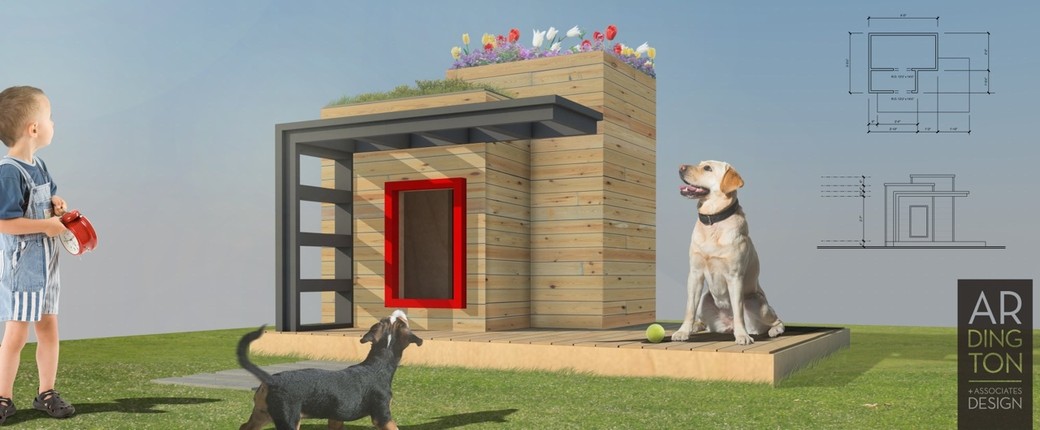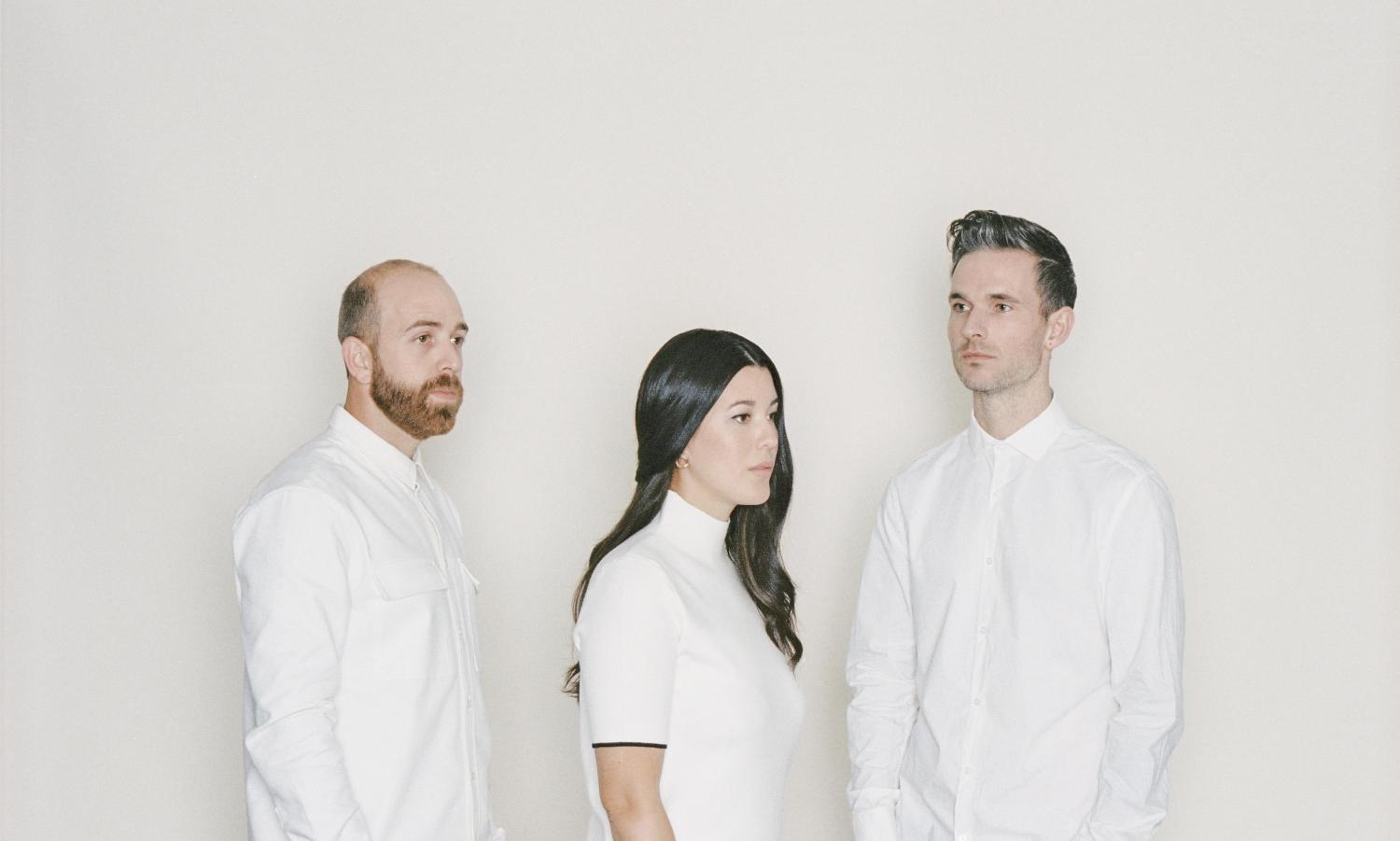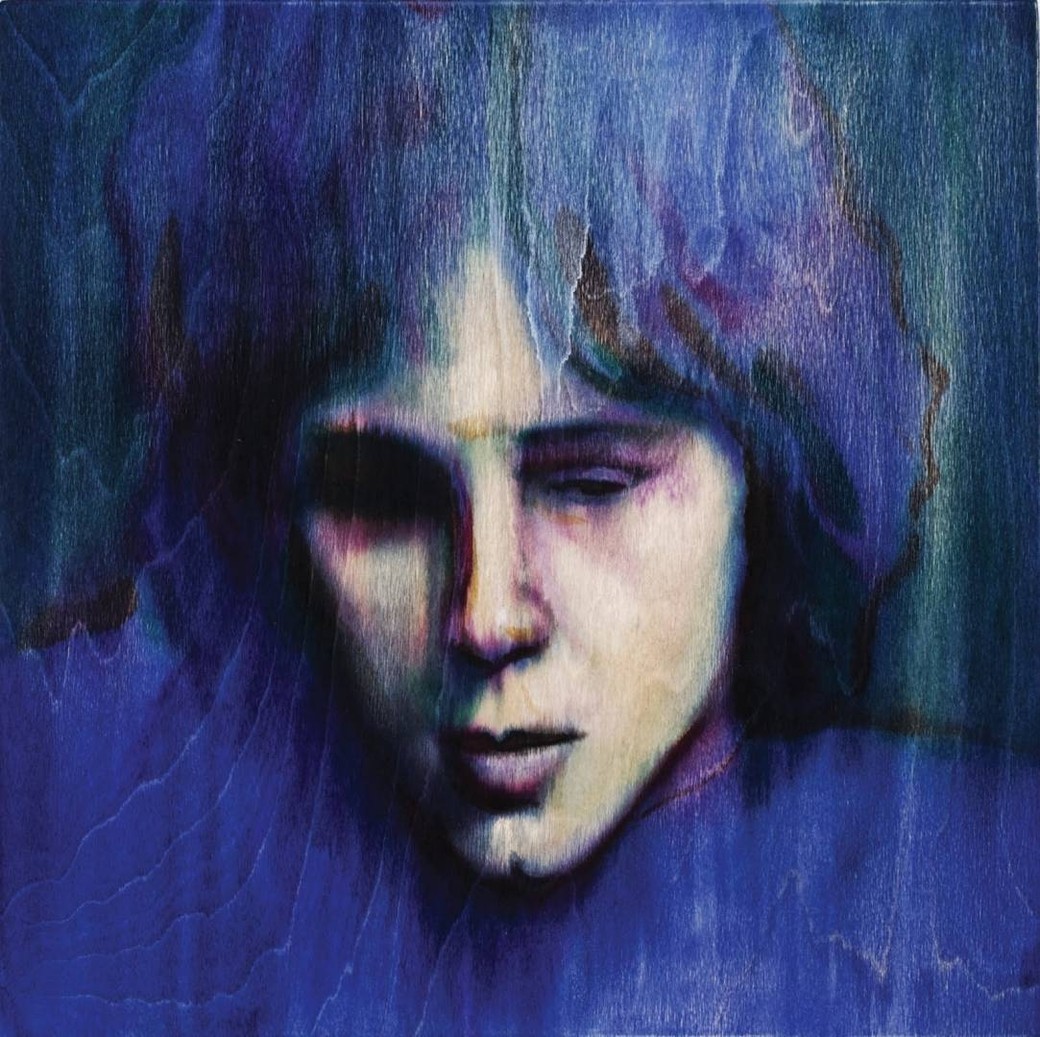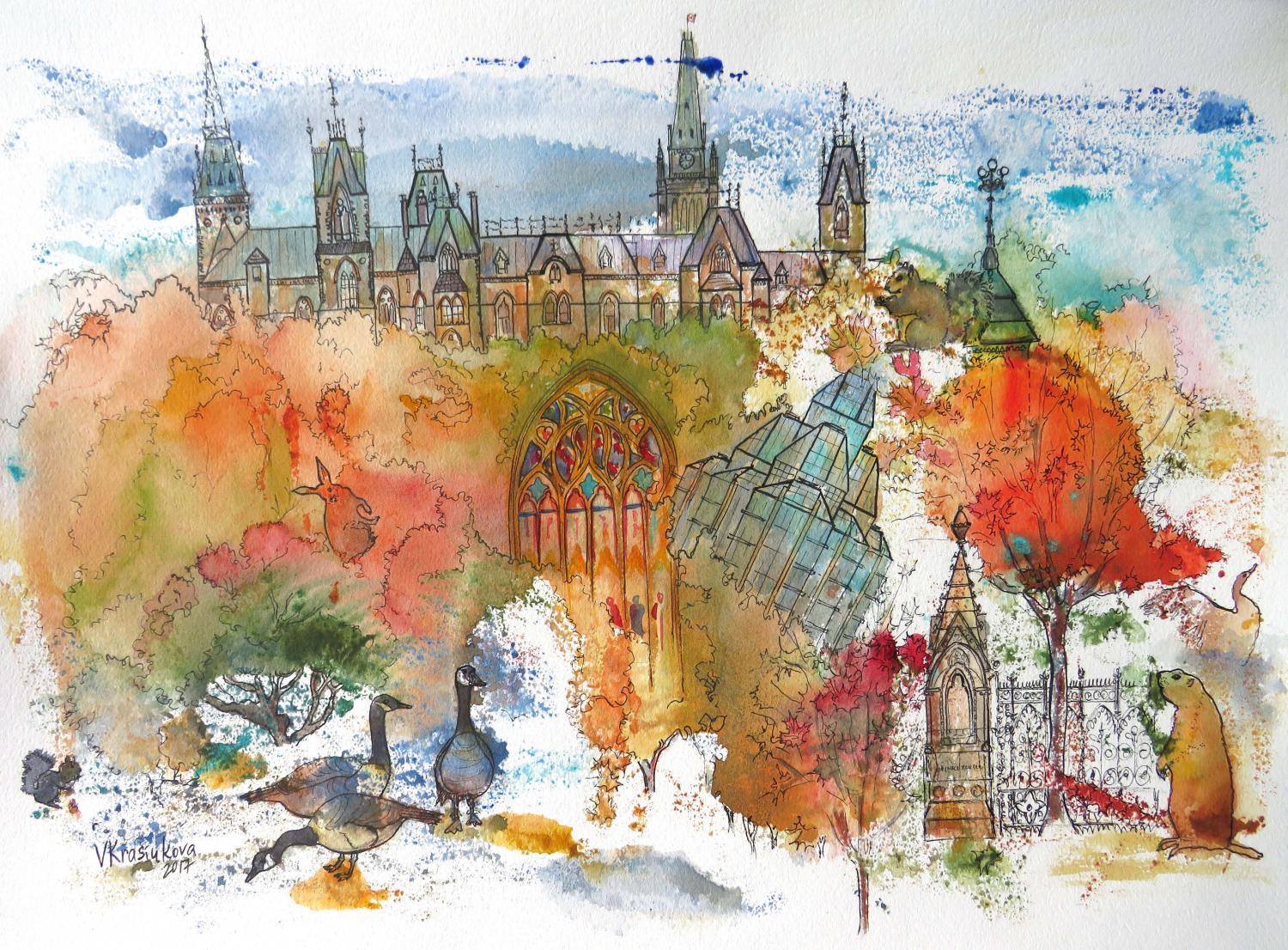
“Memory Space” and the Delicate Nature of Home
All photos courtesy of Viktoriia Krasiukova
Have you ever found yourself walking through an unfamiliar place? Perhaps the better question is: have you ever found yourself walking through an unfamiliar place? You may recognize a reflection in the watercolour canvases of Viktoriia Krasiukova, whose vernissage “Memory Space” is currently on display at the AOE Gallery at the Shenkman Art Centre.
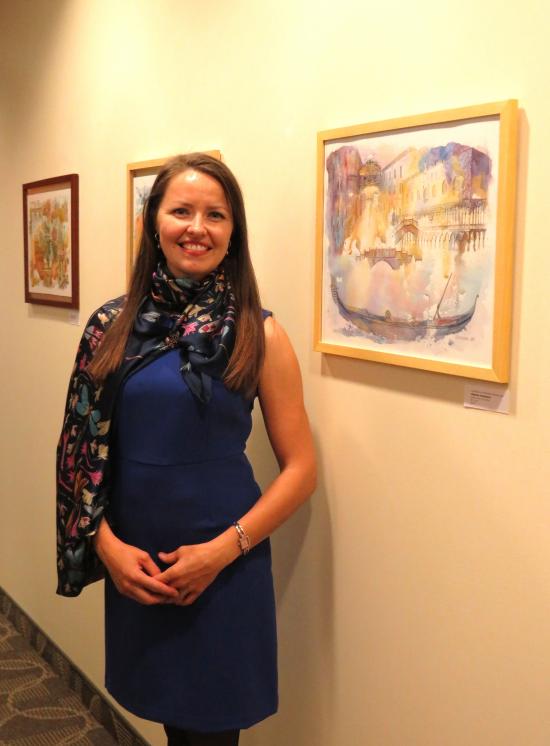
Krasiukova, an artist with dual citizenship in Russia and Canada, began the series in 2011 when an acquaintance commissioned several scenes of St. Petersburg. As she wandered through the neighbourhoods, Krasiukova became enamoured with the sights, sounds, people, and illustrious architecture of one of the most important cultural sites in Eurasia.
A recent graduate of the Voronezh Art School, she employed both monotype technique and watercolour on paper from a glass surface, producing only a single, unique print. After completing these first pieces, Krasiukova was struck by the experience and sought to recreate the feeling elsewhere.
Embarking on a journey that spanned 15 cities across Russia, Europe, and Canada, Krasiukova came to appreciate the unusual feeling of familiarity in unknown quarters. Upon arriving to Canada, the difference was palpable.
“There is such importance placed on community here [in Canada], and how it plays a role in shaping your identity and in your life,” says Krasiukova.
No stranger to these northern lands, two pieces of her collection centralize on Ottawa and its varied communities from her travels to Canada between 2004 and 2011. In “Ottawa. Colours of Autumn” we’re met with a kaleidoscope of a city inherently tied to the country as a whole. Recognizable landmarks sprouting from the fusing colours of fall, Krasiukova captures the often-times baffling feeling of nation and city, where Canadian and Ottawan coalesce.
In a more muted atmosphere “Winter in Ottawa. Skating on Rideau Canal” we see a landmark of culture as opposed to glass and stone. Who can forget their first winter along the Canal? This scene recalls glittering trees and frozen noses under the watchful gaze of the Chateau Laurier, surrounded by families, couples, tourists, and friends.
“Skating is how immigrants appreciate the port and their involvement in the community,” explain Krasiukova. “It is necessary to be with your family and friends, all involved in one kind of activity.”
The intricate game of truth and blend played between the watercolour and monotype technique speaks beautifully to the intent of this artist’s collection. The fine marker used to sketch the histories and values of these cites under spotlight is then harmonized with colours merging to create a scene of wonder.

Krasiukova’s conceptual development draws from both her fine arts education (where she was introduced to an array of creative perspectives) and her background in the medical field. Completing her PhD in Internal Diseases in Russia, and working and volunteering here in Ottawa, she managed to find time to create art that was celebrated by the international community.
This passion for the wellbeing of people and its expression through art has been realized through works such as “Memory Space” that seek to connect the solidity of the past with the inconstant nature of people. Every tint and shade is recognized across the canvas, just as diverse cultures of the metropolitan cities that Krasiukova chose to incorporate are within the collection.
“I enjoyed learning about the different traditions in each country, so I tried to capture the heritage and culture of each country in each painting,” says Krasiukova. “But culture is also vulnerable to natural disasters and war, so we must sustain our connections through people, which are stronger than buildings.”
It isn’t necessary to have travelled the world in order to appreciate the human quality of “Memory Space”. It is simply enough to have caught yourself wandering the streets of your own neighbourhood and thought about the impact the walls, gardens, and citizens have had on the development of yourself.
“People and culture change through art,” observes Krasiukova. “But even brick and stone is delicate.”

